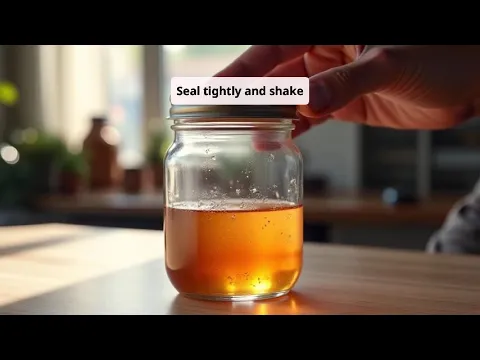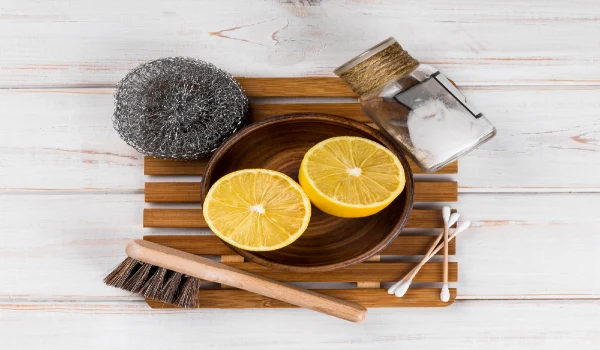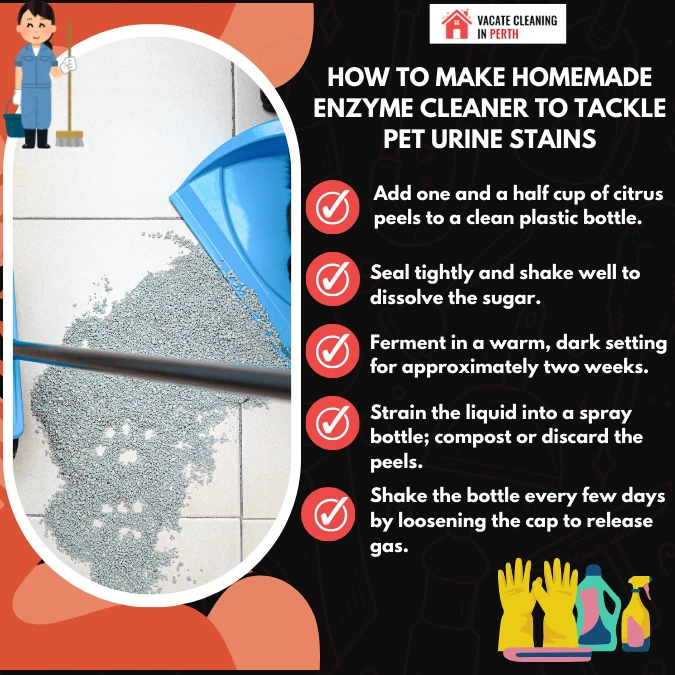
Pets bring joy, love and comfort into our homes but they also cause occasional messes. One of the most aggravating difficulties for pet owners is dealing with urine stains and odours, that persist despite repeated cleaning. Traditional cleaning methods usually mask the stench for a short time but the problem returns. This is due to the presence of proteins and bacteria in urine, which require a more potent agent to break down.
However, you do not need to spend a large chunk of money on store bought products. With a few basic ingredients you can create an efficient enzyme cleaner at home that naturally removes pet urine stains. It is not only reasonably priced, but also safe for your pets and family. This article will include a simple recipe for homemade enzyme cleanser as well as recommendations for keeping your home smelling fresh and clean. Whether you are a pet owner or prepping your property for budget vacate cleaning Perth, this choice can be a lifesaver.
1. Why Pet Urine Stains are Difficult to Remove
Pet urine is a complicated mixture of ammonia, uric acid, and microorganisms. When urine dries, uric acid crystallises making it harder to remove with standard cleaning solutions. Because of this even after cleaning you may detect a residual odour that tempts pets to return to the same spot.
Over time, untreated stains seep into carpets, rugs and even flooring, making the smell worse. Regular cleansers may disinfect or provide a pleasant scent, but they do not address the underlying cause; proteins and bacteria. Enzyme cleansers, on the other hand, use natural bacteria and enzymes to degrade these chemical compounds, removing both the stain and the odour at their source.
2. The Science Behind Effective Enzyme Cleaners
Enzyme cleansers use beneficial microbes to eat organic matter such as urine, food spills, and vomit. These bacteria create enzymes that degrade the protein and starch in the mess. Once the proteins have been broken down, the bacteria consume them; leaving no residue to produce odours.
This natural method is safe, environmentally friendly, and extremely effective. Unlike chemical cleaners that may be harmful to pets or children, enzyme cleaners are non toxic. They also prevent pets from remarking the same area, as the smell is completely neutralised. By making your own enzyme cleaner at home, you harness this natural cleaning power without spending extra money on commercial brands.
3. Step by Step Recipe for DIY Enzyme Cleaner

Making your own cleaner is simple and budget friendly. You will ferment a citrus based solution that naturally develops the enzymes needed to tackle urine. Use orange, lemon or lime peels; citrus helps with degreasing and leaves a fresh scent.
- Add one and a half cup of citrus peels to a clean plastic bottle.
- Tip in half a cup of brown sugar, then pour in 1 litre of water, leaving a little headroom.
- Seal tightly and shake well to dissolve the sugar.
- Ferment in a warm, dark setting for approximately two weeks.
- Shake the bottle every few days by loosening the cap to release gas.
- Strain the liquid into a spray bottle; compost or discard the peels.
You now have a natural enzyme cleaner with a light citrus aroma. If you prefer, label the bottle with the start date so you remember when fermentation will be complete, and keep a small test patch handy for material checks.
4. How to Properly Use DIY Enzyme Cleaner
Using your homemade cleaner correctly is essential for achieving the greatest results. First, use paper towels to dab up any excess pee. Avoid rubbing since it can cause the stain to penetrate deeper into the fabric or carpet.
Then generously apply the DIY enzyme cleaning to the affected area. Allow at least 15 to 20 minutes, for the enzymes to operate. For older or tougher stains, leave it overnight. Then blot the area again and let it air dry. For exceptionally stubborn stains, the method may need to be repeated.
Spray the cleanser onto hard surfaces like tiles or wood floors and wipe down with a moist towel. Always test a small hidden patch on delicate fabrics or upholstery.
5. Extra Cleaning Tips for Pet Owners
DIY enzyme cleaners are effective but prevention is equally vital. To reduce mishaps; train your pets consistently and use designated areas for them. Keep a watch on their health as repeated accidents can be indicative of medical problems. When preparing your property for vacate cleaning Perth; be sure to use an enzyme cleanser to remove any pet stains. Real estate agents and landlords frequently conduct thorough inspections and untreated odours might jeopardise your bond refund.
Using this homemade remedy saves money while presenting a clean, fresh smelling home. For larger or more deeply embedded stains, consider combining DIY and professional carpet or upholstery cleaning. This guarantees that, all traces of pet odour are eliminated; leaving your home immaculate and inspection ready.
Infographic: How To Make Homemade Enzyme Cleaner To Tackle Pet Urine Stains

Wrapping Up
Pet urine stains don't have to be a misery. With a little preparation and the right cleaning method, you can deal with them naturally and successfully. A DIY enzyme cleaner is not only simple to produce but also safe, environmentally friendly and cost effective. By utilising the power of natural fermentation you can eliminate odours and stains at their source. This easy solution keeps your living area fresh and friendly. Say goodbye to persistent pet scents and hello to a cleaner, happier home.